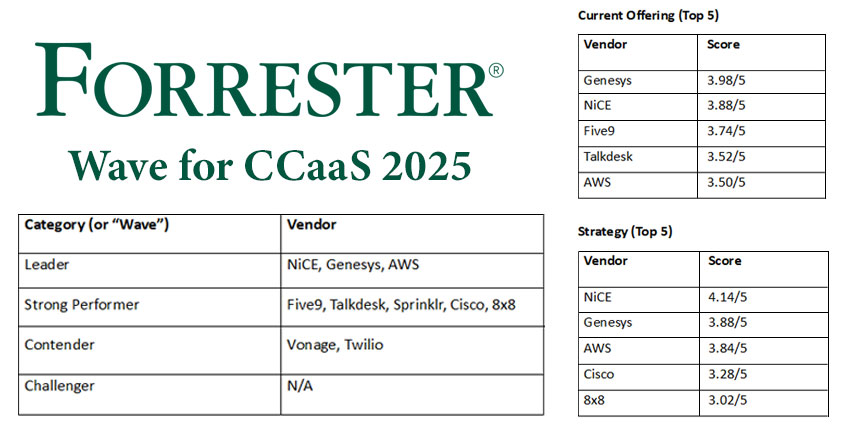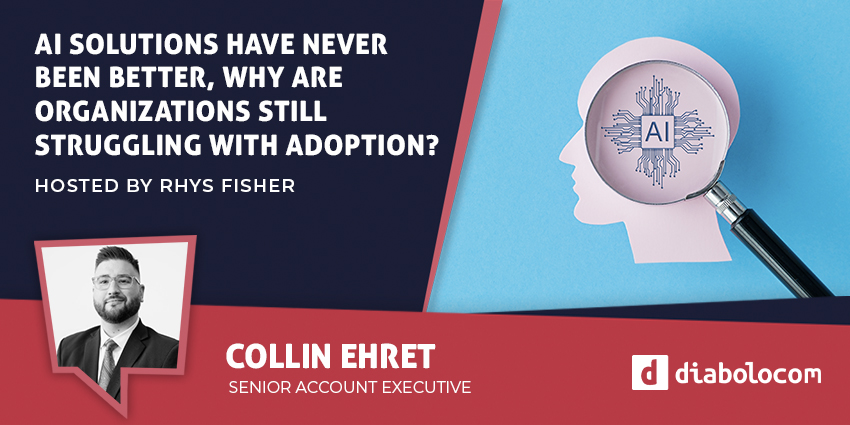In the old days of face-to-face call centre training, instructors always used to say ‘smile and dial’. Because even when the call is audio-only, you can hear that smile — or its absence — loudly and clearly.
That’s why every call centre manager should be concerned about the results of recent research from Enghouse, which suggests high levels of dissatisfaction, stress, and burnout — particularly among more junior frontline roles, who have frequently not had a positive experience during the recently forced homeworking revolution.
As group VP of marketing & alliances, Jeremy Payne, pointed out, a lot of these are digital natives, who might never have chosen to work from home — who never chose accommodation which supported that. And they may relate differently to work itself, compared with someone of a different generation supervising them:
Employment-as-a-Service?
“The millennial mindset is built around a subscription-based economy. So, they’re totally bought into the concept of the cloud — they’ve got Netflix, Spotify, etc; they don’t own anything. But along with that comes a complete lack of loyalty, to employers along with other brands.
“And there’s an emerging cultural disconnect between workplace expectations and the way they feel about their life, their work and their future. How are they supposed to balance things, to switch off and unplug, when they’re sat in their own home, and the device they’ve been working on for 8 or 9 hours, is the same one they’re using to stream music and send personal messages after hours?”
Employers are going to have to get better at helping people create and maintain boundaries and support this through behaviour as well as technology — such as by not sending email to people or inviting them to meetings that take place outside their working day. “Just because we’re working, and the technology we use is always there, we because we CAN — doesn’t mean we should,” Payne clarified
Using Technology in an Emotionally Smart Way
The same technology which helped us keep the ship sailing during the pandemic now needs to be deployed with greater empathy and sensitivity, to support the way people work today. And it’s coming — with functionality to support well-being in Microsoft Teams announced last year at Ignite in 2020, and richer workforce engagement tools being built into contact centre applications.
But the way managers use the tools available also has to change, and adapt to the new normality — letting go of obsolete habits which no longer serve today’s needs — such as booking meetings for a fixed hour or half-hour periods, for example, a legacy from the era of physical room booking. As Payne remarked, “it should be a really simple thing to change in the platform, to override that default, and let you set 50 or 27-minute meetings — so you have a little buffer, some decompression time between them when you’re working online with a back to back schedule.”
It’s about the technological, virtual, and human worlds connecting and catching up with each other — and remembering how essential that human at the heart of it really is.
Human Glue
“Even ensuring we offer people a good content management system, with an up-to-date knowledge-base and tools, instead of a dozen apps open on their desktop to navigate between. Apps which candidly should be integrated at system level, instead of treating people as human glue, to hold it all together.”
In the light of the research mentioned above suggesting that up to 90% of CX workers are actively considering their positions, these gaps will become yet more damaging. “If 90% of people walk out the door, where does that experience and knowledge go, and how do you bridge those gaps and silos between the systems?
“You cannot cut and paste what you did in the physical world into the digital one, and you need to get back to basics: remap the most important customer journeys by vertical and create optimal experiences for the customer, the agent, and the company,” Payne concluded.







